Electric bike motors: everything you need to know
Your complete guide to what to look for in an electric bike motor
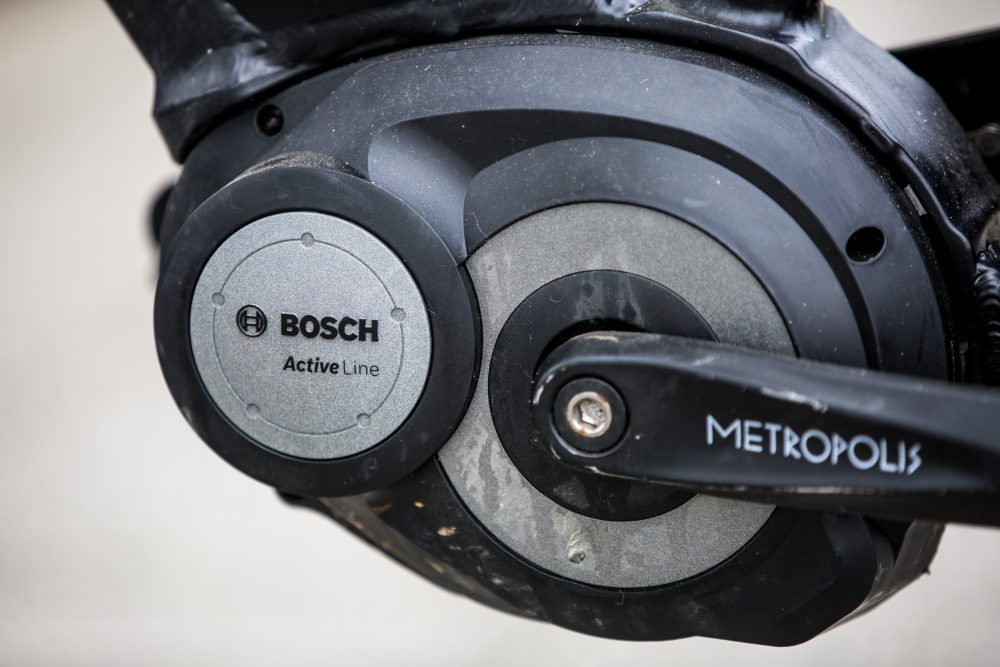
Once you have got one of the best electric bikes and the battery, there's one last thing you need to make an electric bike: the motor
There are different kind of motors that you can find fitted on electric bikes. The majority of modern electric bike motors are placed at the bottom bracket (in between the cranks), while they can also be positioned within the hub of the rear wheel. This latter positioning is generally found on cheaper electric bikes.
Wherever the motor is located, it is always subject to UK and EU legislation, being limited to no more than 250w or 25kph.
Hub motors
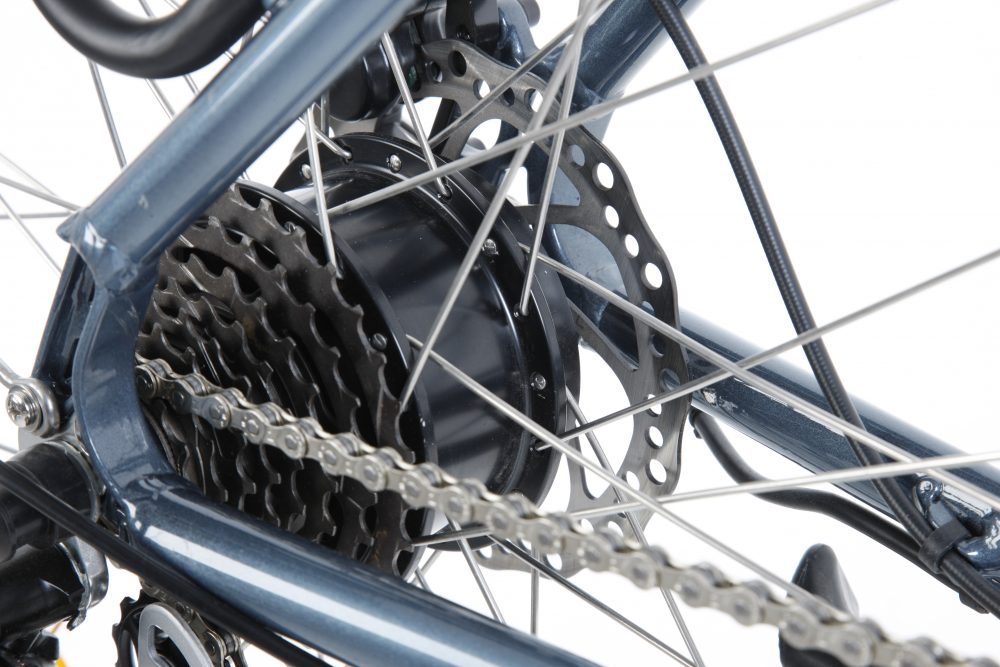
As hub motors are very popular and produced extensively in China, they are commonly the cheapest ones one the market and, possibly, the most reliable. However, as the technology in this field has improved a lot in the last years, many of the top-performing have started to mount mid-drive motors located at the bottom bracket
A hub motor is an easy alternative to turn your standard bike into an electric bike, but before doing that, you should check that the motor’s specification would fit on your normal bike.
The first main difference between hub motors is that they can be mounted either on the front or rear wheel. As their weight is normally pretty high, having them on the back of your bike makes more sense, as the seatstays and chainstays provide better support for the additional support for the extra weight that would not be offered by the fork.
>>> Seven things I learned from riding an electric bike
The other big difference between hub motors is that they can be geared or gearless. If the motor is in the hub of the front wheel, the gears at the back will normally be the same as on non-electric bikes. If the motor is in the real wheel then it may also contain the gearing system too.
There are however some downsides to positioning an electric bike motor in the hub. In general they do not perform as well as mid-drive motors, but also can imbalance the bike as the weight is positioned at either end rather than central, and also tend to transmit energy through the frame, making the ride unbalanced.
Mid-drive motors
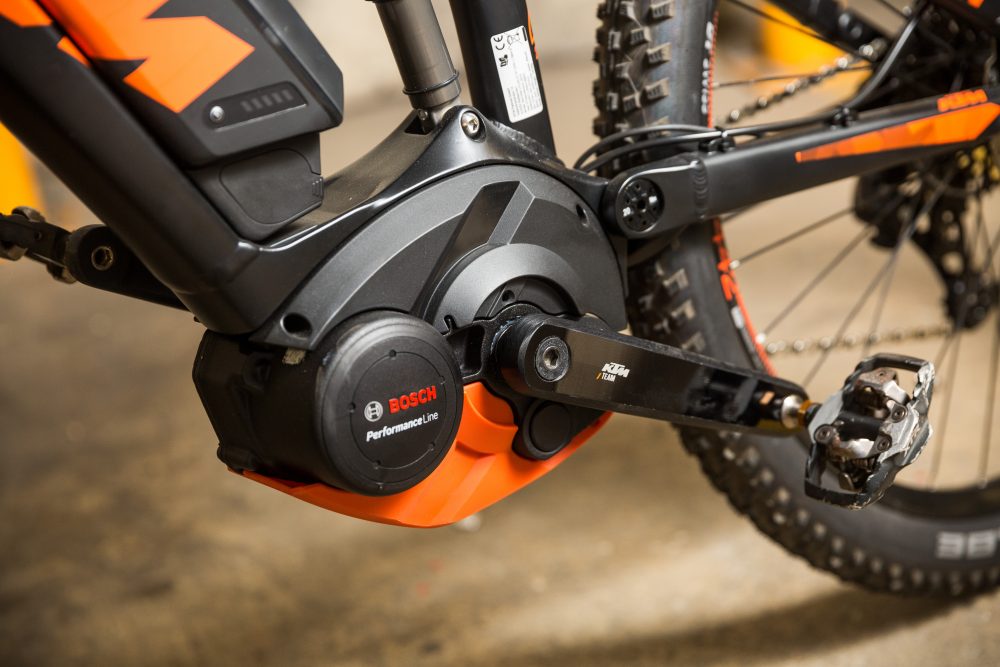
Mid-drive electric bike motors are mounted in the centre of the bike at the bottom bracket area (where the cranks are fixed into the frame). This positioning gives the bike better stability and balance, and while the motor is working and propelling the bike, the forces generated by it won’t be transmitted unevenly into the frame.
In terms of efficiency the mid-drive motors that are connected directly with the drivetrain offer better performance than hub motors are claimed to be more performing than the hub ones, as their power is transmitted from the centre of the bike.
Watch: what's it like to ride an electric bike
In general, mid-drive motors are very good on hills, as instead of just driving the wheel forward, they move the chain, giving the bike more power.
Like hub motors, mid-drive electric bike motors can either be geared or single-speed. When shifting with these motors you need to be as gentle as you would be on a normal bike, as the motor will generally be applying more force through the drivetrain than you would be through the pedals.
Another good thing about mid-drive motors is that they are positioned closer to the electric bike sensors which receive feedback from your pedals stroke, making sure the battery transmits the correct amount of power to the motor. Positioning the motor and the sensor in the same place makes the whole system more efficient.
Makes of mid-drive motors
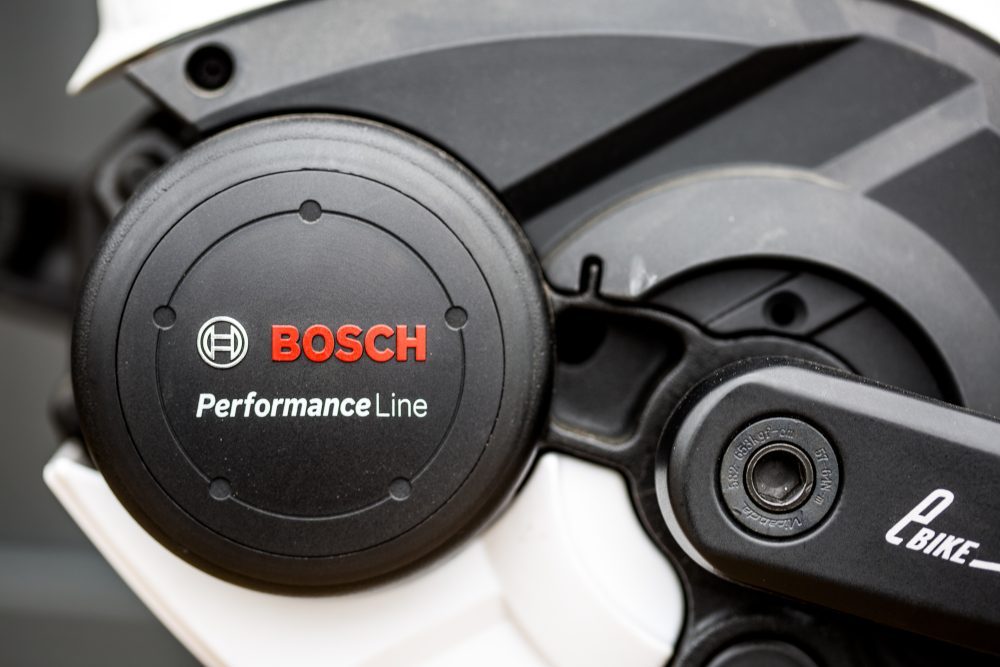
There are two main manufacturers of mid-drive motors: Shimano and Bosch.
Shimano Steps is the first electric bike groupset from the Japanese giant, and features a mid-drive electric bike motor. The system also has an integrated electric shifter (Shimano Alfine 11 speed Di2 placed in the rear hub) and works with a torque sensor placed in the bottom bracket to make the ride smoother.
The Shimano Steps has got also a full automatic shifter: it analyses your pedal stroke and energy, and automatically changes the gear for you. If you stop at a traffic light, it changes automatically into a small ring to make the start efficient and not letting you (nor the system itself) to spend too much energy.
>>> What's it really like to ride a bike with a hidden motor? (video)
There's much more variety among Bosch mid-drive motors, depending on the sort of riding that you're doing and the depth of your pockets.
All Bosch motors feature four different levels of support, with those at the top of the range giving up to 300% support compared to your pedalling power, while cheaper models will only give 225% support. Models aimed at off-roaders and sport riders will be quicker off the line too, kicking in faster and with more power when going from a standing start.
Friction motors
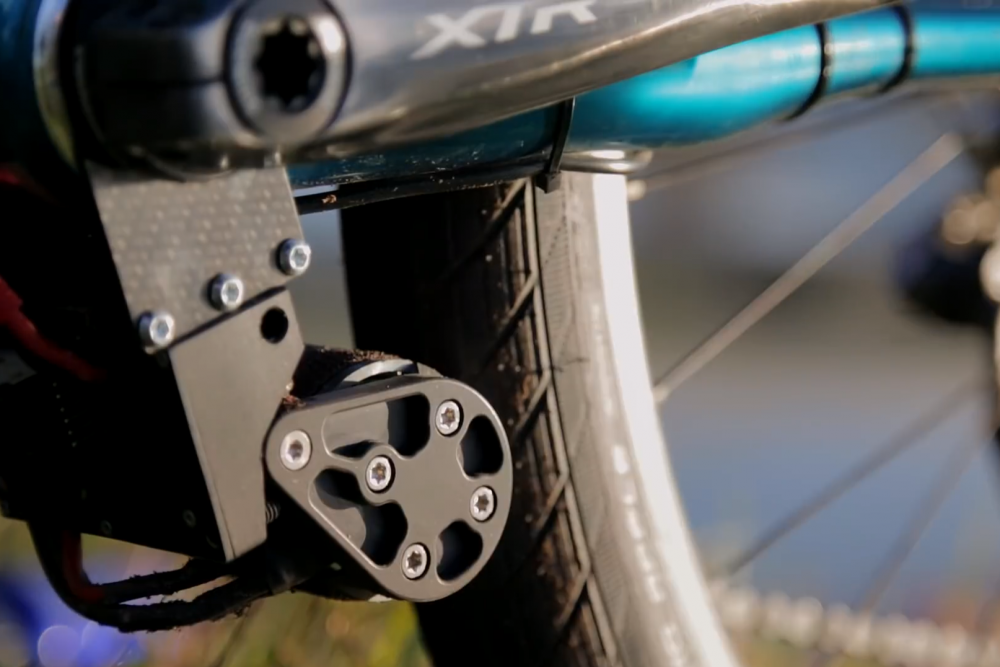
There is also another way to turn your normal bike into an electric bike. Of course you can buy a kit and mount either a hub or a mid-drive motor, but you can also mount – directly to your seatpost – a friction motor. This system generate energy through a battery that makes a roller turning on your wheel and propel the bike forward.
They’re easy to mount and fast to use (and they work mostly on most kind of bikes), although the roller might not work well in wet conditions and can cause your tyre to wear down.

Thank you for reading 20 articles this month* Join now for unlimited access
Enjoy your first month for just £1 / $1 / €1
*Read 5 free articles per month without a subscription

Join now for unlimited access
Try first month for just £1 / $1 / €1
Get The Leadout Newsletter
The latest race content, interviews, features, reviews and expert buying guides, direct to your inbox!
Nick Busca is a freelance cycling and triathlon journalist. He is also a certified triathlon coach and personal trainer.
-
 Man hands himself in to Belgian police after throwing full water bottle at Mathieu van der Poel during Paris-Roubaix
Man hands himself in to Belgian police after throwing full water bottle at Mathieu van der Poel during Paris-Roubaix30-year-old was on Templeuve-en-Pévèle cobbled sector when television pictures showed the bottle hitting him in the face
By Tom Thewlis Published
-
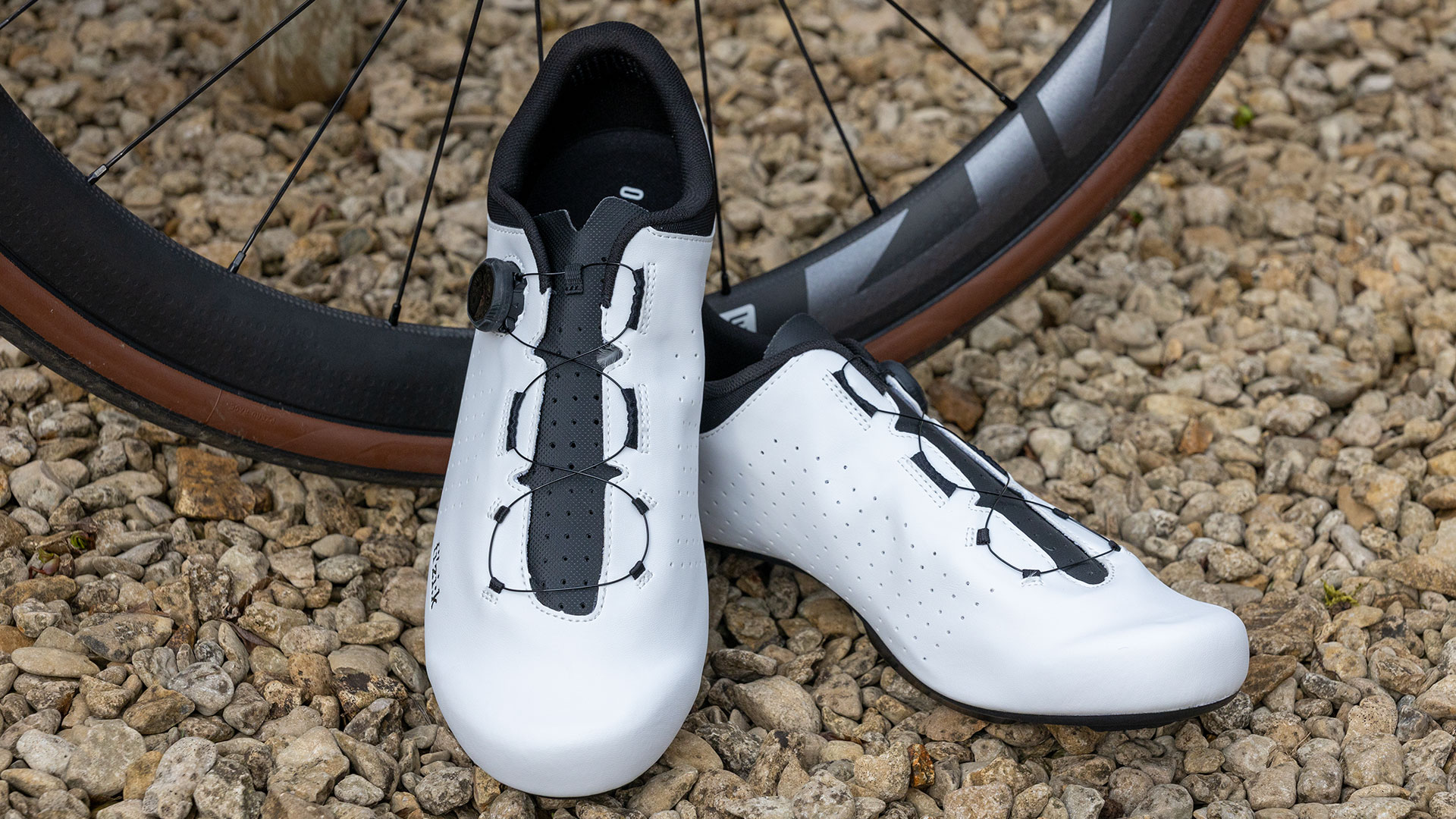 Fizik Vento Omna Wide shoe review: Yeti sneakers for those pedalling on a budget
Fizik Vento Omna Wide shoe review: Yeti sneakers for those pedalling on a budgetBroadly recommended for those of us with flipper feet
By Simon Fellows Published
-
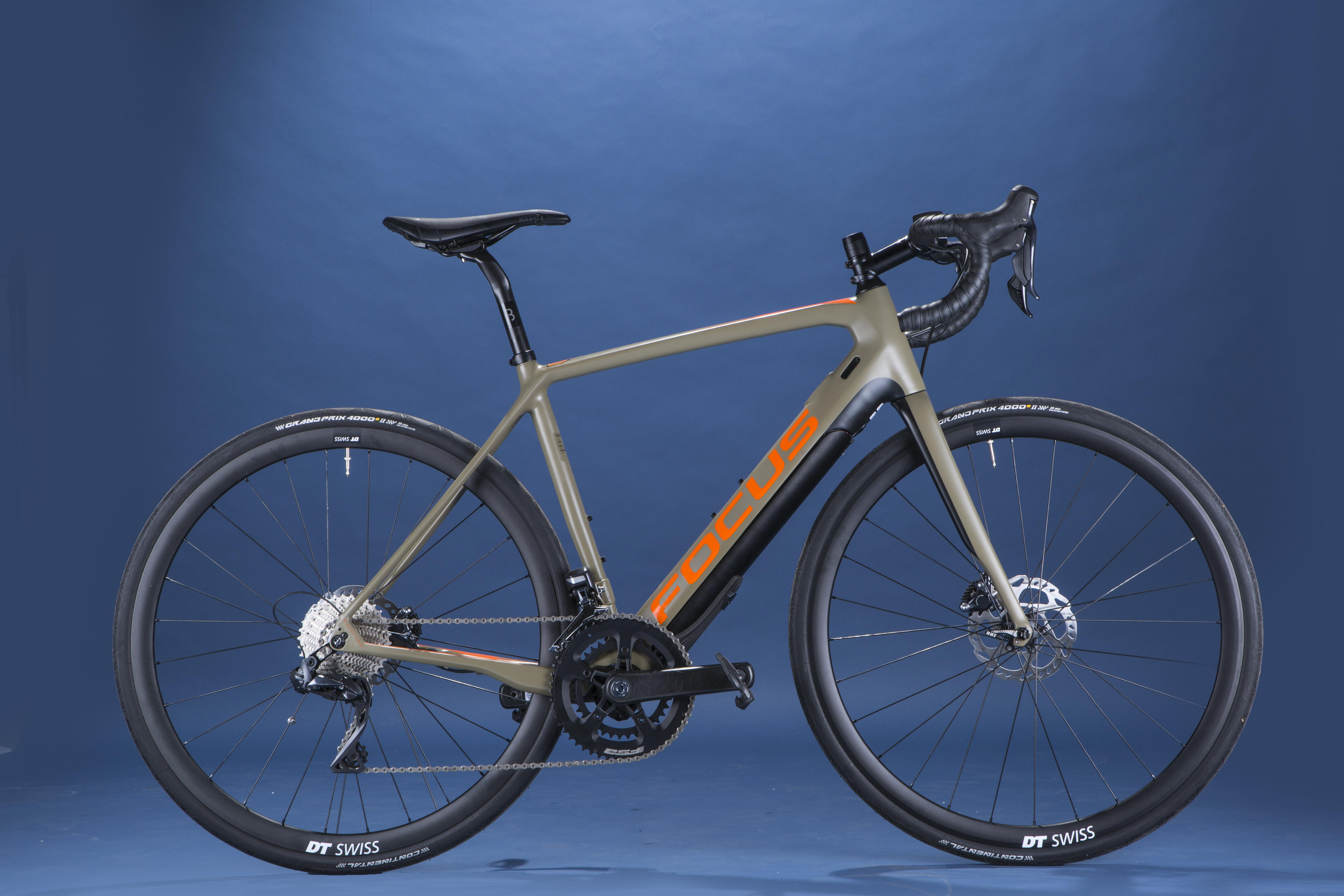 Electric bikes and UK law: what you need to know
Electric bikes and UK law: what you need to knowDo you need a licence to ride an electric bike? What's the maximum permissable power output for an ebike? Read on to find out more...
By Nick Busca Published
-
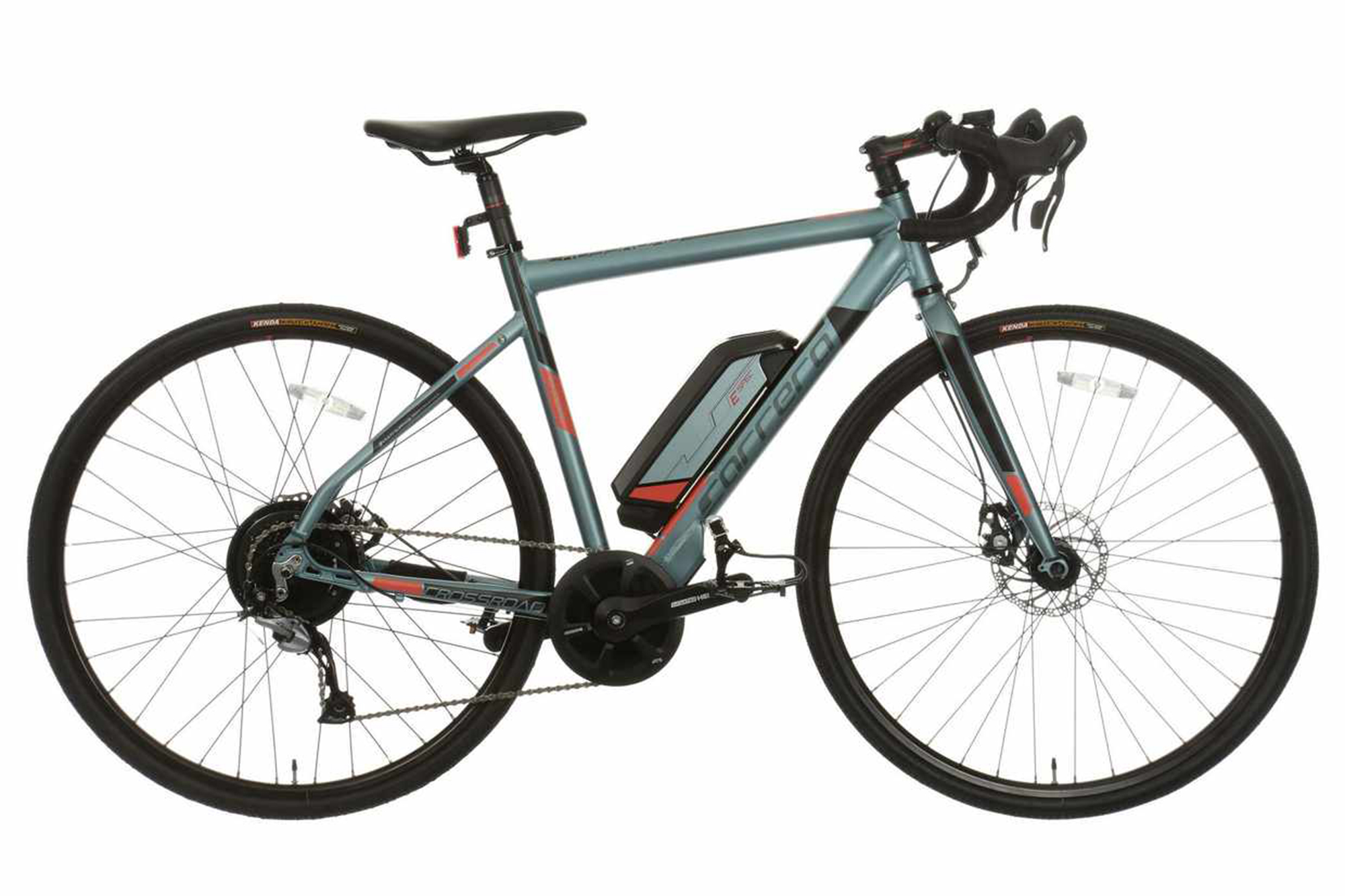 Halfords launch 'the cheapest e-road bike in Europe'
Halfords launch 'the cheapest e-road bike in Europe'Halford's in-house brand Carrera announce new sub-£1000 e-bike
By James Bracey Published
-
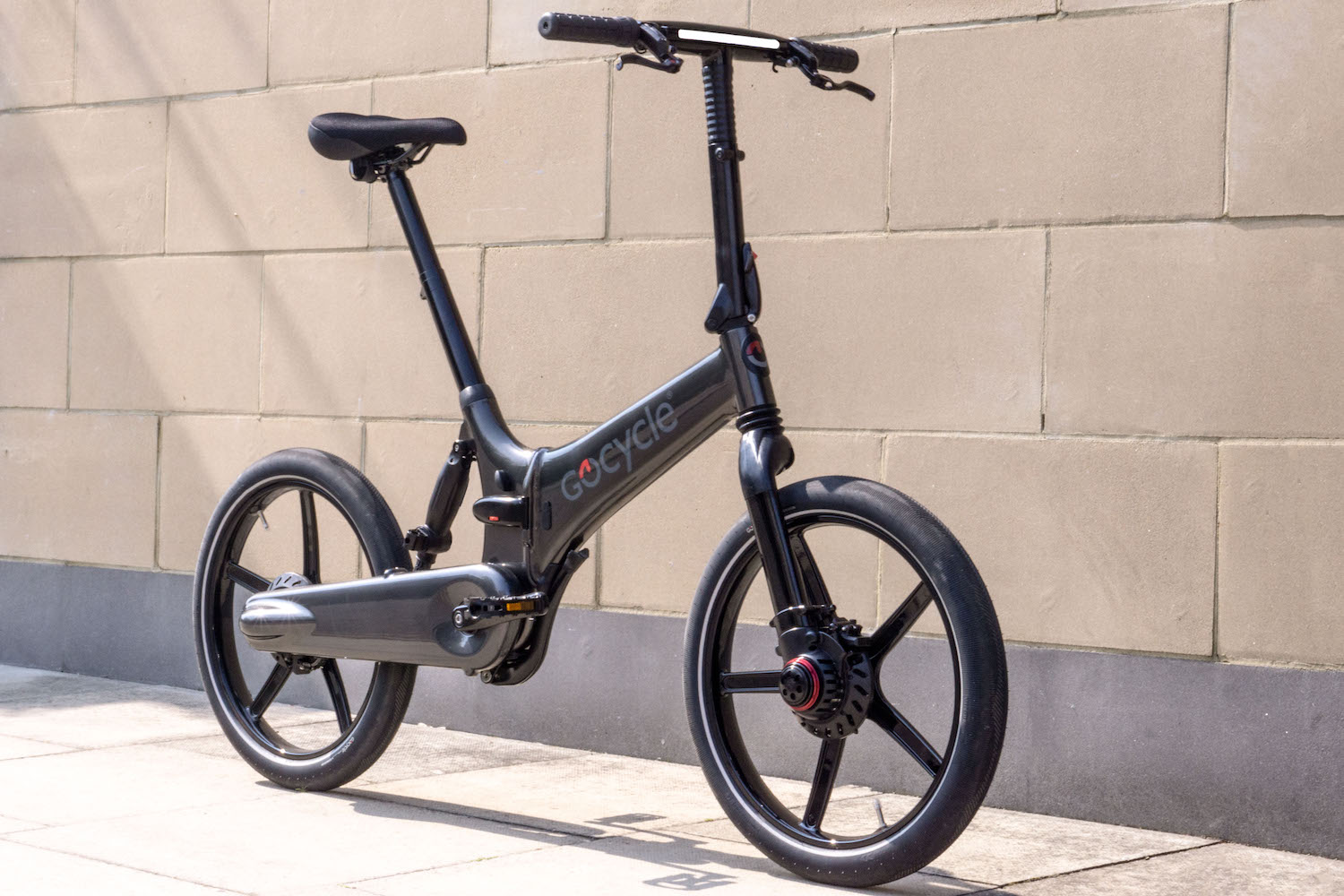 New Gocycle GXi brings increased integration to the fast folding e-bike
New Gocycle GXi brings increased integration to the fast folding e-bikeFully enclosed cabling, integrated lights and dashboard on new 10 second folding model
By Paul Norman Published
-
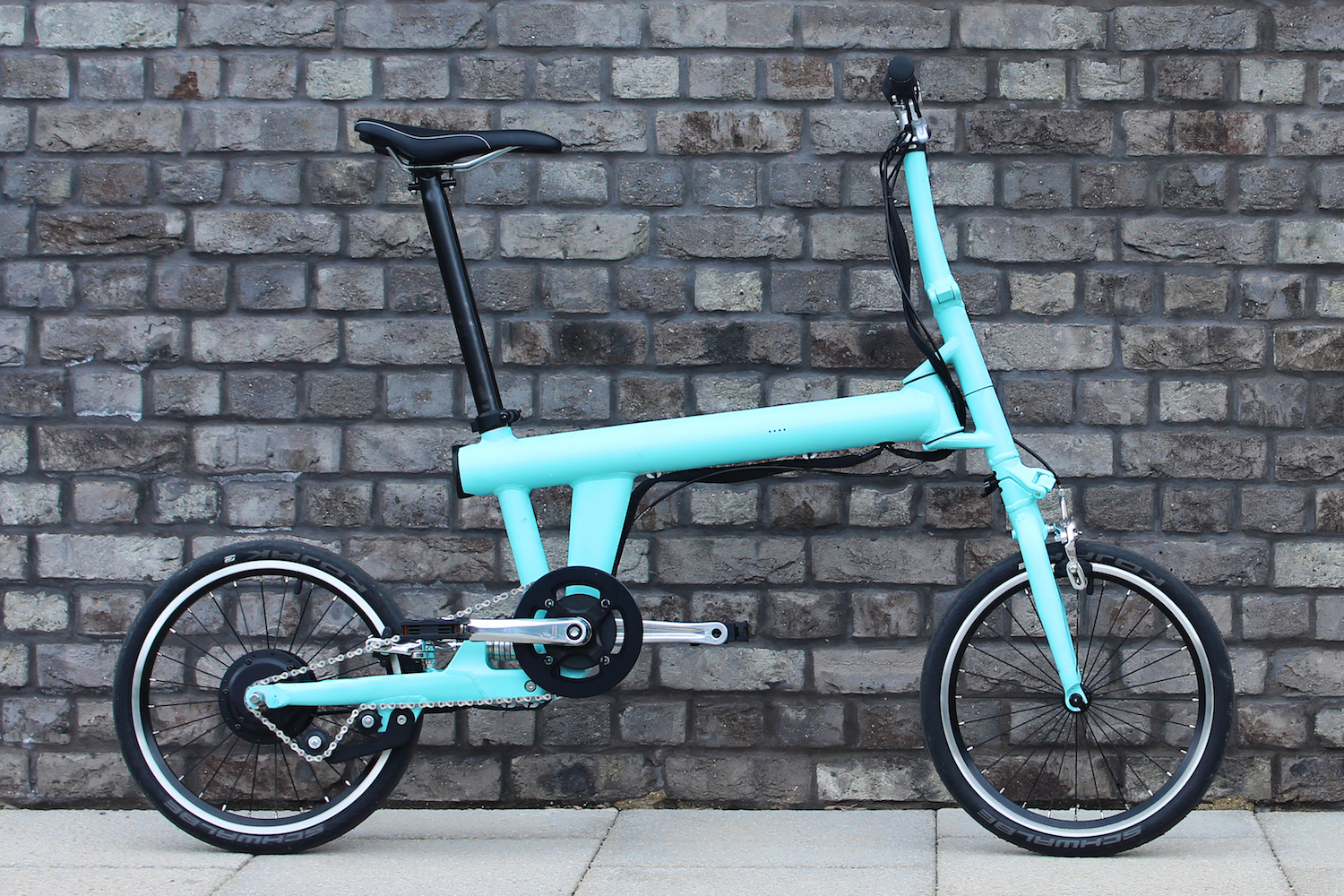 New Flit-16 folding e-bike: tech and first ride impressions
New Flit-16 folding e-bike: tech and first ride impressionsHow's the Flit-16 to ride around Kings Cross in London?
By Paul Norman Published
-
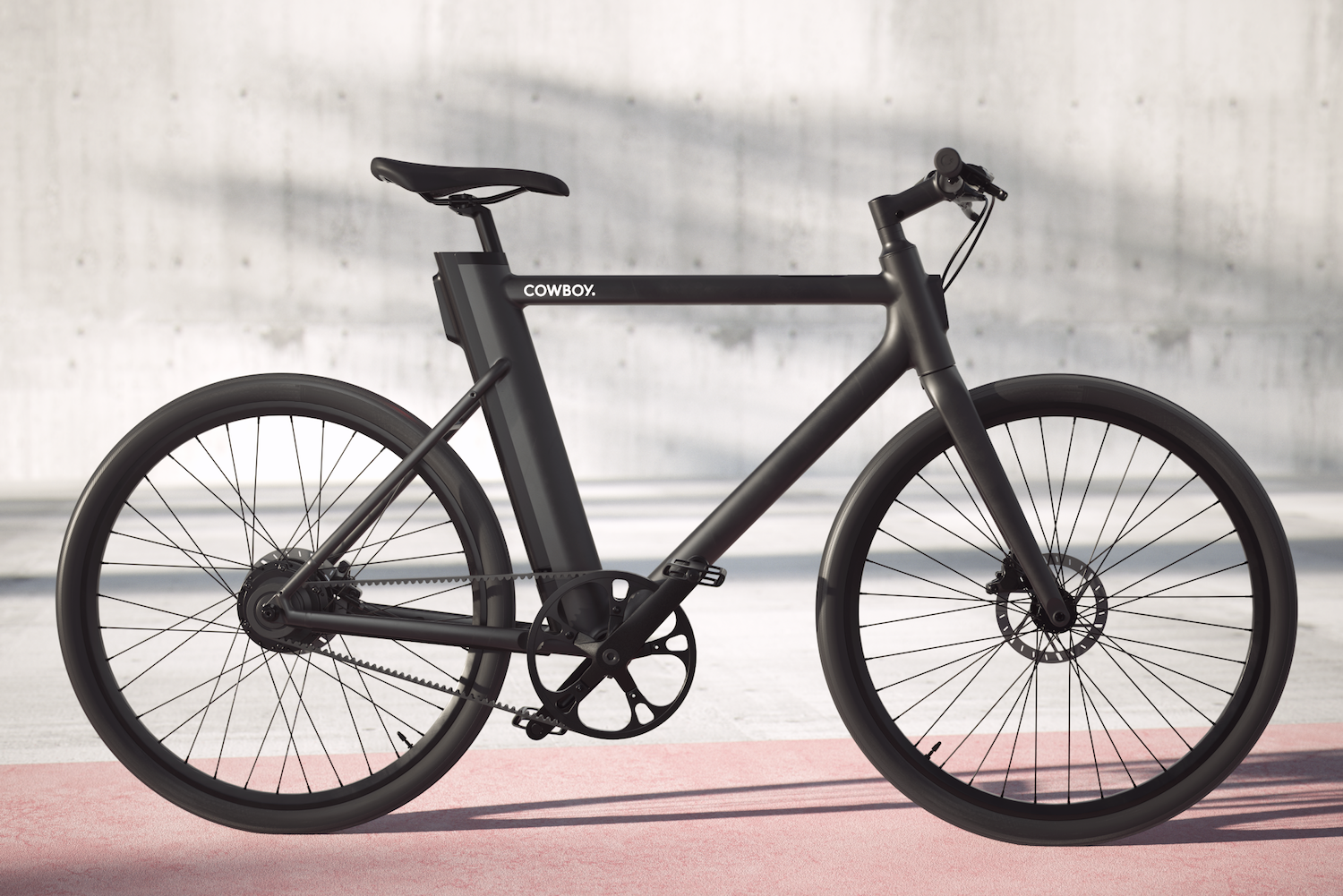 Cowboy e-bike rides into town
Cowboy e-bike rides into townBelgian e-bike brand coming to the UK
By Paul Norman Published
-
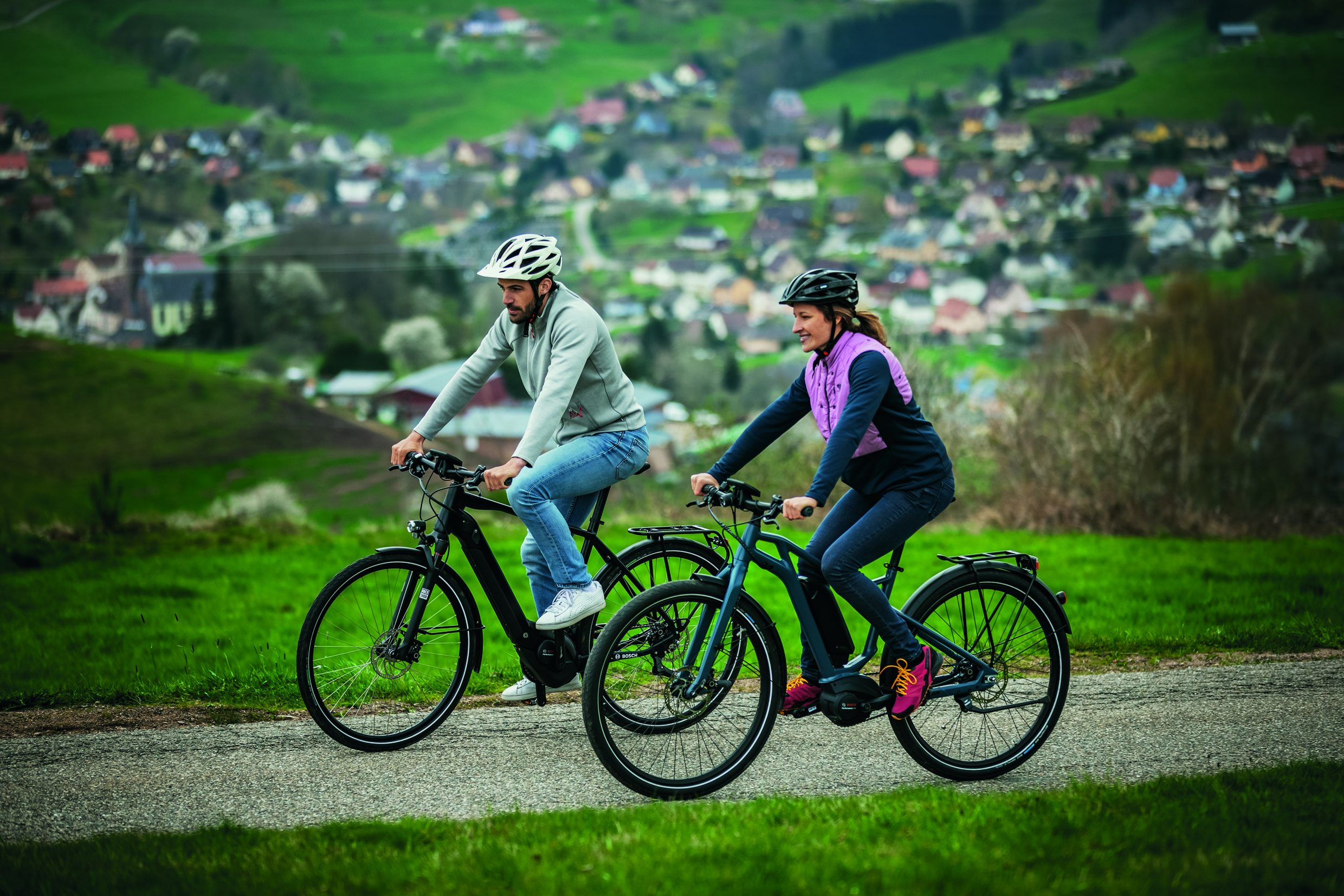 Bosch ups its power game with new e-bike motor options
Bosch ups its power game with new e-bike motor optionsNew motor systems and power packs for Bosch's e-bike systems
By Paul Norman Published
-
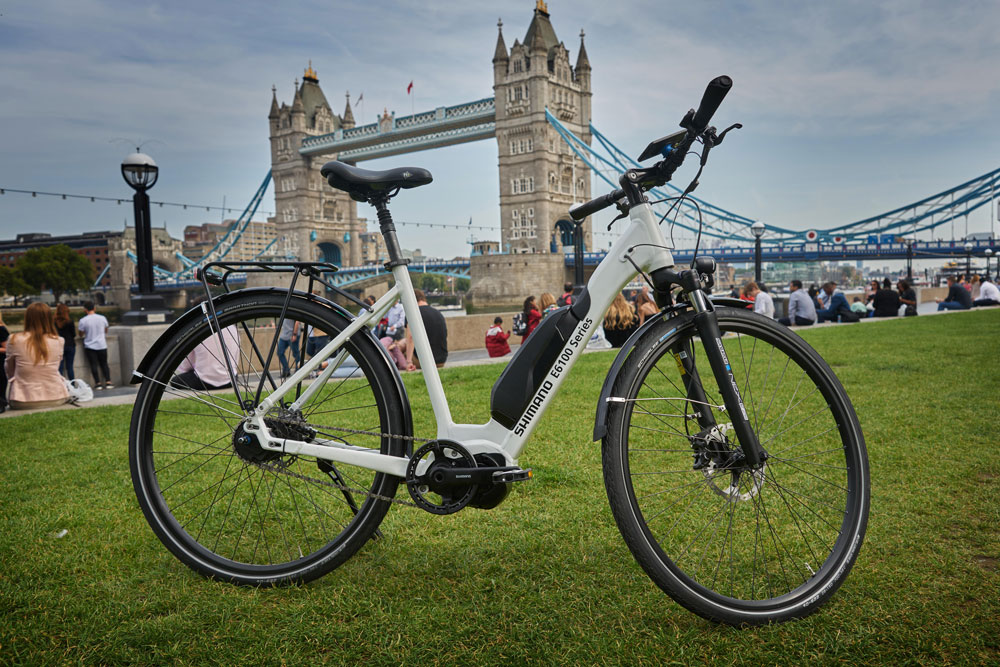 E-bike Cycle To Work scheme without the £1000 limit launched by UK government
E-bike Cycle To Work scheme without the £1000 limit launched by UK governmentYou can now use Cycle To Work to buy an e-bike costing over £1000
By Paul Norman Published
-
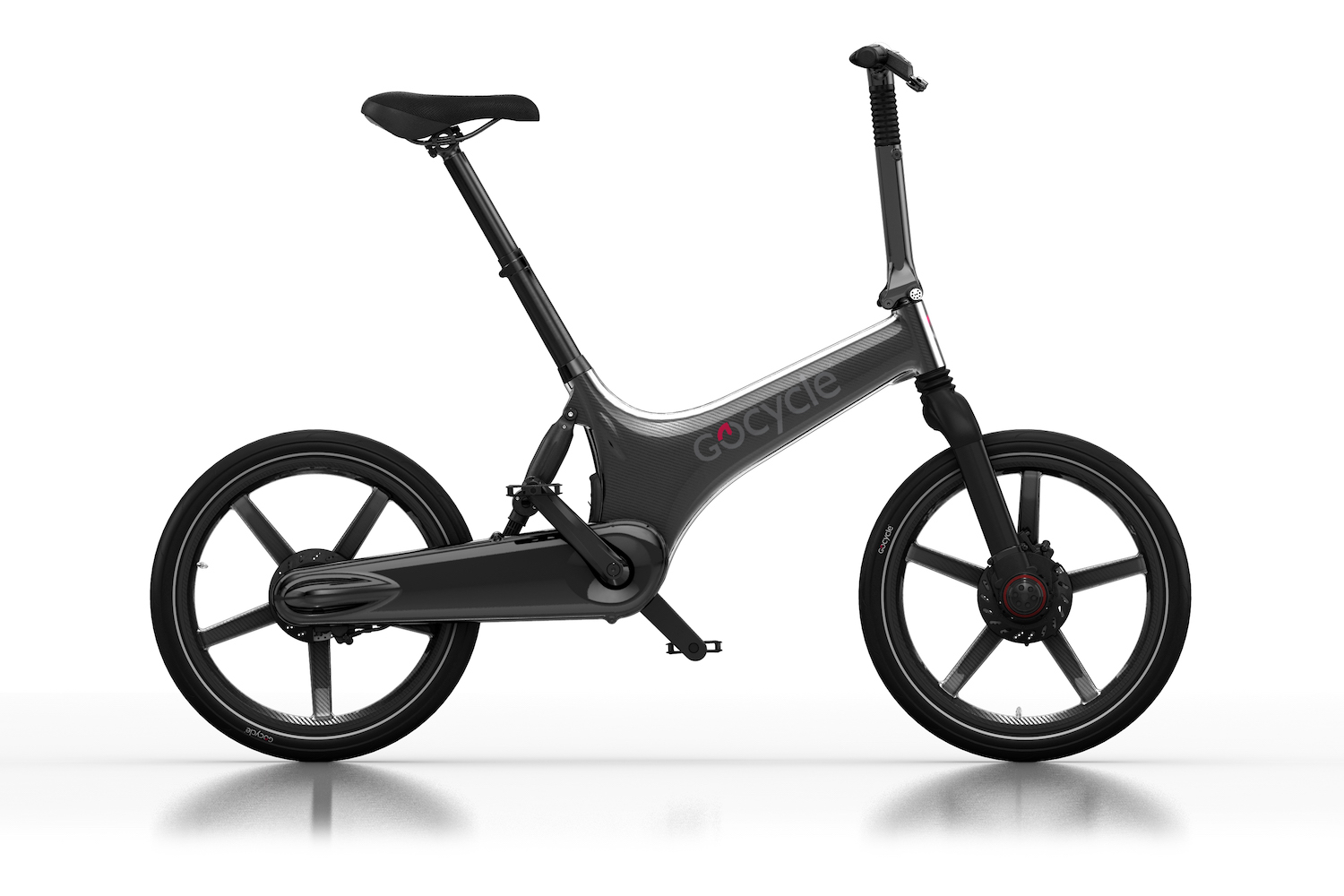 Gocycle launches 14.9kg carbon framed G3 e-bike
Gocycle launches 14.9kg carbon framed G3 e-bikeCarbon Gocycle G3 folding e-bike will be available in limited numbers and brings the weight down by almost 2kg
By Paul Norman Published